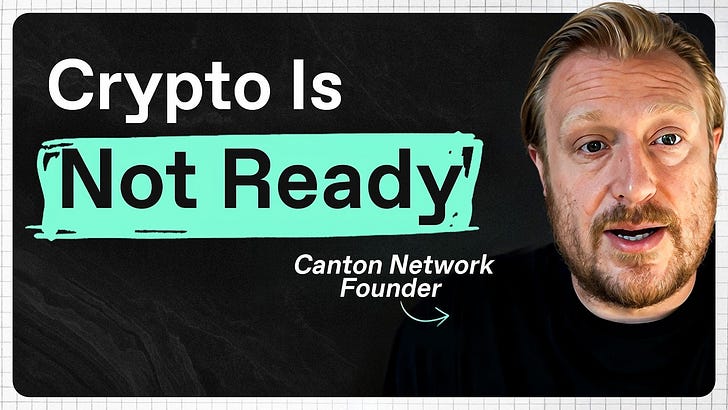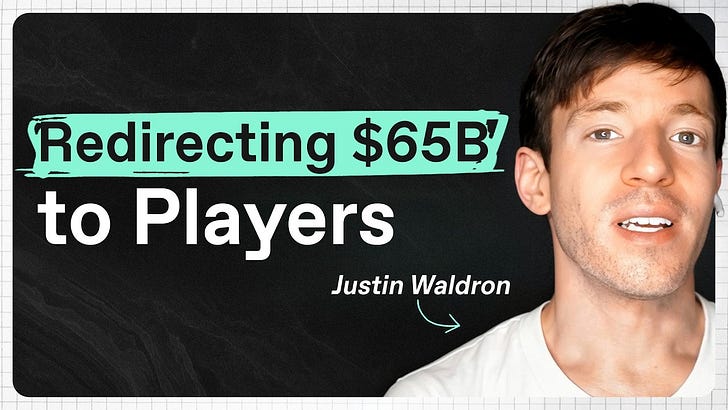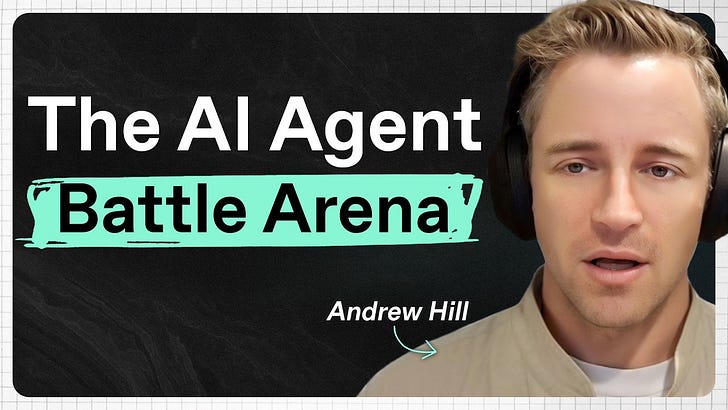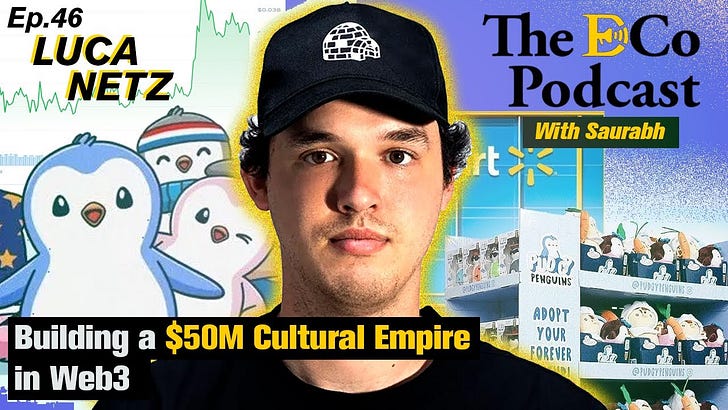In our last week’s episode with Jose, we traced the fallout from JELLY’s launch and Hyperliquid’s response—where a single oversized perp trade exposed deeper tensions between neutrality and control, ideology and UX, intent and execution. If you’re building at the edges of crypto—rethinking market structure, user experience, or the future of decentralisation, we’d love to hear from you.
Hello,
In this episode, Andre shared his story of how, despite being a South African developer building protocols in South Africa, he was somehow caught in the crosshairs of American regulators who kept asking him to prove negatives. The regulatory burden forced Andre to quit DeFi in 2022.
When the barrage of letters let up, Andre got back to building in DeFi because of his core belief that it removes barriers to engage in financial activity. It’s a conviction that anchors him, even when the momentum across the space seems to falter.
The fundamentals of DeFi haven’t changed but the environment has. What used to be a world of composability and shared infrastructure has become a space of silos. Builders once layered products like Lego bricks. Now, they build fences. Trust in the stack has eroded, and with it, the confidence to create something new atop someone else’s work.
"90% of DeFi is still built on Uniswap V2," Andre pointed out. Not because it's the best technology, but because it's immutable. You know exactly what you're getting. Imagine if, instead of deploying V3 separately, Uniswap had made V2 upgradable and changed the LP logic overnight. Entire ecosystems would have collapsed.
Decentralisation, too, has shifted from principle to trade-off. Andre put it plainly: "If you want real decentralisation, you don’t get a website." There’s no polished UI, no wallet pop-up, no gas abstraction. Just a command line, a node, and the raw courage to interact with code directly. Few users want that. Most builders can’t justify it. And so, modern apps wrap blockchains in friendly skins, hiding the chain from view entirely. It works. But it isn’t DeFi.
That tension between usability and purity plays out everywhere, especially on Ethereum. Andre’s not just observing from afar; he’s tried to help it scale. According to him, Ethereum is only scratching the surface of its potential. Optimisations to EVM can help it scale significantly before consensus has to be touched/changed. And with his team's database-related work at Sonic, they’ve found a way to increase throughput by 8x.
No one wants to try it. Why? Because too much money is at stake. Too many egos. Too much fear of being the person who breaks it.
What is Andre’s advice to new builders? "Don't."
But if you must, build in the open. Let people see the code. Let them break it early. Let them teach you something before the stakes get too high. The $50 lost now is a lesson. $50 million later is a headline.
And if you're still here after all that, maybe this space really is for you.
Thinking about second-order effects in crypto,
Saurabh Deshpande











